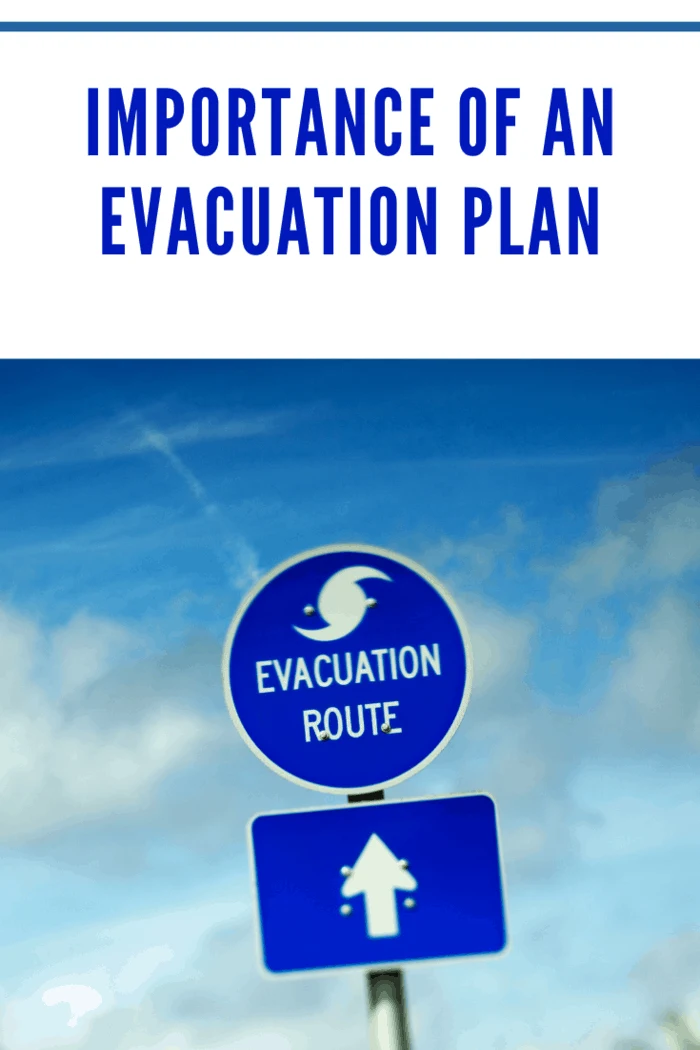Emergencies can happen at any time at any place. Whether big or small, every business needs to take precautions against emergencies. Businesses need to protect their employees and business assets. Evacuation plans are essential for every business to protect its employees in emergencies.
There are many advantages of an evacuation plan for a business. Let us explore all of them in this post.

The law requires it.
In many countries, state and local laws require businesses to have an evacuation plan for their employees’ safety.
Therefore, businesses keep them on the safer side against emergencies and penalties by having an execution plan.
Safe Evacuation.
An emergency evacuation plan allows the employees of any business to escape safely from a building.
Although employees know that they need to evacuate the building in case of an emergency, having a plan enables them to do the same in an organized and safe manner.
Having an evacuation plan keeps everyone informed, what to do, and when to do it in an emergency.
Create a Chain of Command
In case of an emergency, most people attempt to run and exit the building as quickly as possible at any workplace.
However, running suddenly increases the risk of accidents and damage to property.
People need a calm group of leaders who can lead them out of the building safely and securely.
When organizations create an evacuation plan, they choose some leaders who are the first to act in an emergency.
These people work as a team and help all the employees to get out of a building in case of an emergency.
Have a place to assemble.
Businesses tell their employees where to assemble after evacuating from a building by creating an evacuation plan.
When employees know where to assemble, they do not rush in different directions or drift to their vehicles.
The employees need to stay together after the evacuation to be counted on to ensure that everyone has left the building.
Counting the people after evacuation helps know how many people are left in the building and need help.
Coordinate with higher authorities.
In the absence of an evacuation plan, it becomes difficult for employees and managers to coordinate with the higher authorities.
An evacuation plan helps volunteers and leaders communicate with authorities and inform them about the present emergency.
Estimate the emergencies.
A business may not pay attention to the emergencies that may arise due to any reason.
However, when they create an emergency evacuation plan, businesses think of all the emergencies that can arise.
Businesses can prepare a plan to handle those situations for their employees’ and assets’ safety.
Access the safety loopholes.
There can be some safety loopholes no matter how safe the organization is.
There are many loopholes in the safety of a business that is unknown to employees and employers.
When they hire a professional team to create an action plan, they know about the loopholes in their safety.
Professionals also take steps to fill those loopholes to improve the safety of employees and business assets.
Establish roles and responsibilities.
All types of emergencies create chaos, which forces people to hurry to get out of this situation.
However, if everybody knows what they should do and who is in charge, they can handle any situation easily.
Organizations can minimize communication by designating roles and responsibilities to specific employees.
Establishing the roles and responsibilities enables every employee to know what to do.
All the leaders should be assigned different tasks such as accounting for the staff and assisting the employees.

Install the safety equipment.
Many startups and small organizations do not install the necessary safety equipment on their premises.
However, when you create an evacuation plan for your business, the professionals ask you to install safety equipment like fire alarms, water sprinklers, fire extinguishers, etc.
Installing the safety equipment while creating an evacuation plan makes your business a safe and secure place for all.
Save Data and Information.
Although protecting their employees is always the priority of a business, it is also essential to protect the data and computer systems.
It is important to save critical information and data to continue a business after an emergency.
Some organizations use cloud services to save their data, but many save it on their systems.
An evacuation plan involves the process of safeguarding your data and information systems.
Clearing of Routes.
People usually put piles of junk in the unused spaces on a company’s premises.
These piles of junk can block the pathways of evacuation in emergencies.
An evacuation plan includes clearing spaces and removing junk to keep everything clear and maintained for easy escape.
Doing so clears the paths and unused spaces for the employees and visitors to exit a building quickly.
Safety of visitors.
Employees are not the only people who need to evacuate in an emergency.
Clients, vendors, and other visitors also need assistance if an emergency occurs on business premises.
A plan includes marking evacuation signs with diagrams that enable employees, visitors, and clients to move out of a building.
Workplace Emergency Management offers emergency evacuation plans and services to organizations in Sydney.
They help organizations to enhance the safety of their business and employees.
The company offers emergency training, fire training, and evacuation diagrams that help people learn how to respond and save themselves in emergencies.
Final words
Evacuation plans are necessary for every organization in today’s world. No matter how safe an organization is, an evacuation plan is vital for the timely escape of people.
It saves the employees in emergencies and the visitors and clients.
Moreover, these plans also offer the safety of physical assets and organizations’ critical data.
